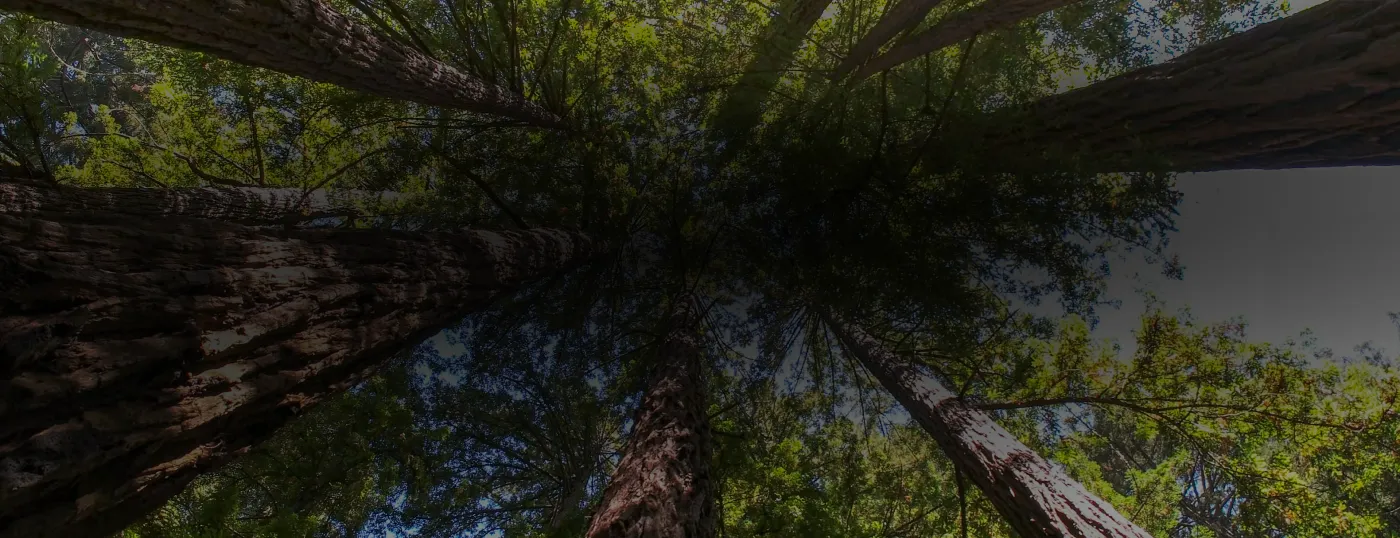Trees are valuable assets to any property, providing shade, beauty, and environmental benefits. However, there comes a time when tree removal becomes necessary for safety and property protection. Understanding when to contact a professional tree removal service can save you from potential hazards and costly property damage.
The decision to remove a tree requires careful evaluation of multiple factors, from the tree’s health to its impact on surrounding structures.
Key Signs That Indicate Tree Removal Is Necessary
Visible Structural Problems
Trees displaying major structural issues often require removal. Watch for:
- Large dead or dying branches that pose immediate safety risks
- Significant trunk decay or hollow sections affecting stability
- Multiple trunks with weak attachment points that could split
- Severe leaning, especially after storms or ground disturbance
- Exposed or damaged root system compromising tree stability
- Cracks or splits in major branches or the main trunk
Disease and Infestation Signs
Healthy trees can often recover from minor issues, but severe problems may necessitate tree removal:
- Fungal growth around the base or trunk indicating internal decay
- Extensive insect infestation that has compromised tree health
- Large sections of missing bark exposing internal wood
- Numerous dead or yellowing branches throughout the crown
- Progressive decline in tree health despite treatment attempts
- Presence of carpenter ants or wood-boring beetles
Location-Based Concerns
Proximity to Structures
Trees growing too close to buildings can pose serious risks:
- Branches touching or hanging over roofs causing damage
- Roots threatening foundation integrity through soil displacement
- Interference with power lines creating safety hazards
- Blocking essential pathways or driveways
- Obstruction of security cameras or lighting
- Potential impact on underground utilities
Impact on Other Vegetation
Sometimes removal is necessary when a tree:
- Prevents sunlight from reaching other valuable plants
- Competes excessively for soil nutrients affecting garden areas
- Creates too much shade for lawn growth and maintenance
- Affects the health of nearby trees through root competition
- Drops excessive debris affecting landscape maintenance

Seasonal Considerations for Tree Removal
Best Timing for Different Species
Different trees require different approaches:
- Deciduous trees: Best removed during dormant winter months
- Evergreens: Can be removed year-round but ideal in late winter
- Fruit trees: Typically best removed after harvest season
- Flowering trees: Optimal removal after blooming period
- Palm trees: Removable year-round with proper precautions
Weather-Related Factors
Consider weather patterns when planning removal:
- Avoid removal during wet seasons when soil is soft
- Schedule during periods of minimal bird nesting activity
- Plan around local weather patterns for safety
- Consider wind patterns and their impact on removal
- Account for seasonal ground conditions
Professional Assessment Indicators
When to Call an Expert
Certain situations demand professional evaluation:
- Complex removal scenarios near structures or utilities
- Trees larger than 20 feet in height requiring specialized equipment
- Signs of internal decay or disease requiring expert diagnosis
- Multiple major dead branches posing safety risks
- Storm-damaged trees with unpredictable break points
- Trees with unusual growth patterns or structural concerns
Safety Considerations
Professional services are essential when:
- Tree removal requires specialized equipment and expertise
- Multiple risks factors are present in the removal area
- Access is limited or challenging due to location
- Public safety could be affected by the removal process
- Emergency removal is needed after storm damage

Preventive Care and Alternatives
Regular Maintenance Options
Before considering removal, explore:
- Professional pruning and trimming to improve tree health
- Disease treatment options and pest management
- Root system management and soil improvement
- Structural support systems like cables or braces
- Deep root fertilization to improve tree vigor
When Trimming Is Sufficient
Sometimes simple maintenance can solve problems:
- Regular branch cutting for shape maintenance
- Removal of dead or diseased limbs to prevent spread
- Crown reduction for size control and stability
- Root pruning for structure protection
- Selective pruning to improve light penetration
Making the Final Decision
Cost-Benefit Analysis
Consider these factors:
- Current tree value versus removal costs
- Potential damage risks if left standing
- Impact on property value and curb appeal
- Future landscape plans and design goals
- Insurance implications and liability concerns
Environmental Impact
Consider the broader environmental effects before making your final decision. A tree’s removal affects:
- Local wildlife that may depend on it for habitat and food
- The surrounding soil stability and erosion control capabilities
- Your property’s overall temperature regulation and energy efficiency
- The aesthetic value and character of your neighborhood
- Local air quality and carbon sequestration benefits
